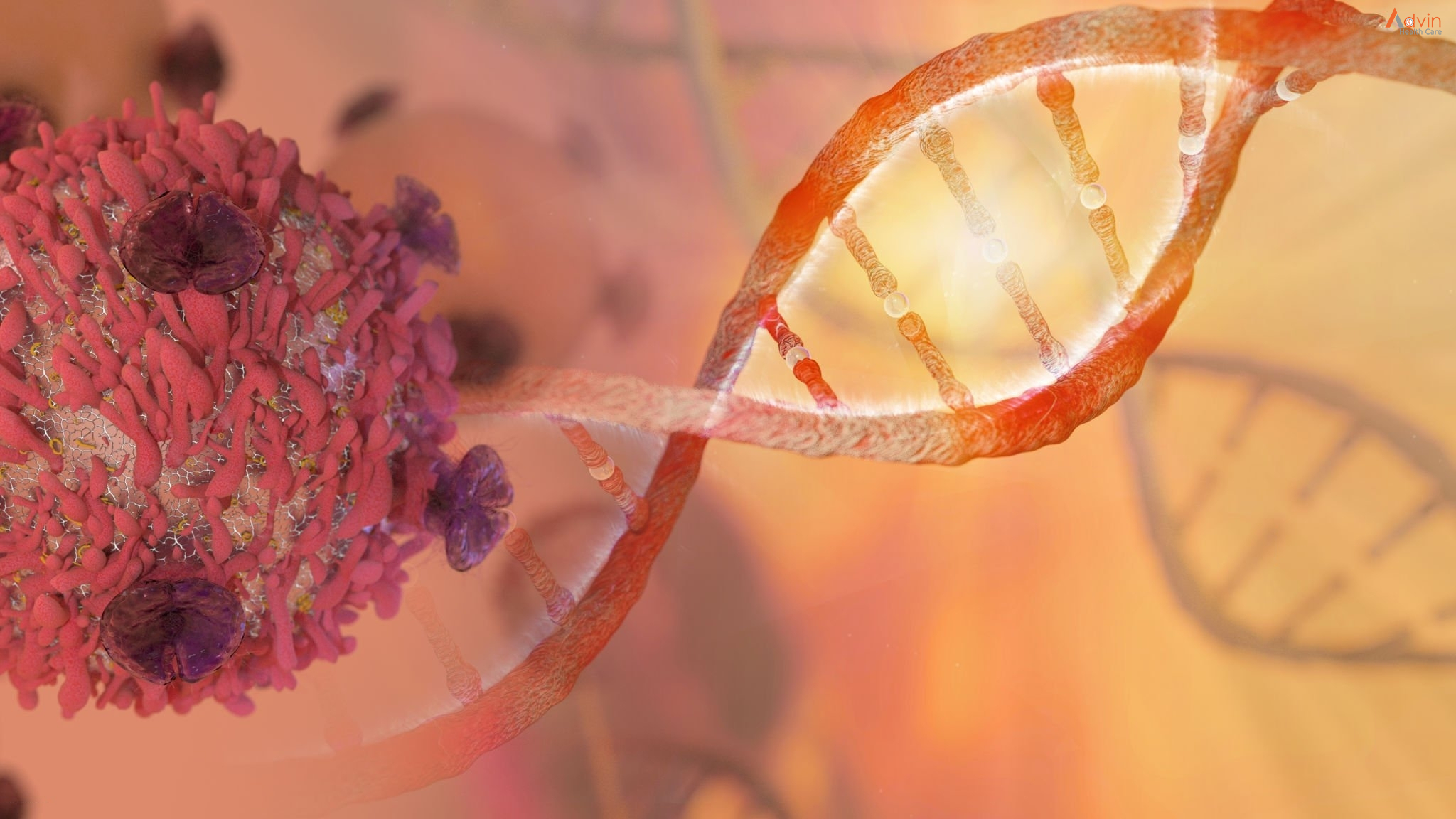Threats of Colon Cancer in Women and also Men
Colon cancer cells is cancer cells of the big intestinal tract (colon), the reduced component of your gastrointestinal system. Anal cancer cells is cancer cells of the last 6 inches of the colon.
Intestines cancer cells is the 2nd most usual cancer cells awesome 3rd and also total most typical reason of cancer-related fatality in the United States in both ladies as well as men. Ladies detected with uterine or ovarian cancer cells prior to age 50 are at raised threat of colon cancer cells. Female with an individual background of bust cancer cells have just an extremely minor rise in threat of colon cancer cells.
Cancer cells in other places in the body.
Intestines polypsCrohn’s illness
Family members background of colon cancer cells
Individual background of bust cancer cells
Ulcerative colitis.
Signs and symptoms of intestines cancer cells differ depending on the place of the cancer cells within the colon or anus, though there might be no signs at all. Cancers cells emerging from the left side of the colon typically trigger blood loss, or in their late phases might create bowel irregularity, stomach discomfort, as well as obstructive signs and symptoms. Various other signs such as weak point, weight loss, or anemia resulting from persistent blood loss might go along with cancer cells of the best side of the colon.
If your physician discovers that you do have colon cancer cells, even more examinations will certainly be done to see if the cancer cells has actually spread out. Colonoscopy is presently the only examination suggested for intestines cancer cells testing in average-risk individuals at 10 year periods. Colonoscopic security (likewise called testing colonoscopy) requires to be readily available at even more constant periods for people at high danger for colon cancer cells (as an example, those with an individual background of colon cancer cells or adenomatous polyps; household background of colon cancer cells; non-hereditary polyposis; colon cancer cells; or a pre-disposing problem such as inflammatory digestive tract illness.
It shows up that boosting the fiber web content in the Western diet plan would certainly be valuable in the main avoidance of colon cancer cells. The populace frequency for conference suggested physical task standards for colon cancer cells avoidance is reduced as well as a lot reduced than that relevant to the much more common public wellness referrals.
Colon cancer cells avoidance is one of the most amazing usages for calcium. Private investigators located this quantity of calcium lowered the occurrence of modifications in the cells lining the colon, which is usually seen in the first phases of colon cancer cells. In enhancement, a number of large, current research studies in human beings show a function for enhanced nutritional calcium in lowering colon cancer cells threat, as briefly gone over listed below.
Intestines cancer cells is the 3rd most usual hatred in females after bust and also lung cancer cells. It is think that the time has actually come for a complete clinical testimonial of cereal-grain enrichment with calcium as well as vitamin D as an affordable, risk-free, and also helpful course for the decrease of weakening of bones and also colon cancer cells in the United States in both ladies as well as guys.
Colon cancer cells is cancer cells of the big intestinal tract (colon), the reduced component of your gastrointestinal system. Anal cancer cells is cancer cells of the last 6 inches of the colon. Ladies identified with uterine or ovarian cancer cells prior to age 50 are at raised danger of colon cancer cells. Signs and symptoms of intestines cancer cells differ depending on the place of the cancer cells within the colon or anus, though there might be no signs at all. Colonoscopic security (additionally called testing colonoscopy) requires to be readily available at even more regular periods for people at high danger for colon cancer cells (for circumstances, those with an individual background of colon cancer cells or adenomatous polyps; family members background of intestines cancer cells; non-hereditary polyposis; intestines cancer cells; or a pre-disposing problem such as inflammatory digestive tract illness.





